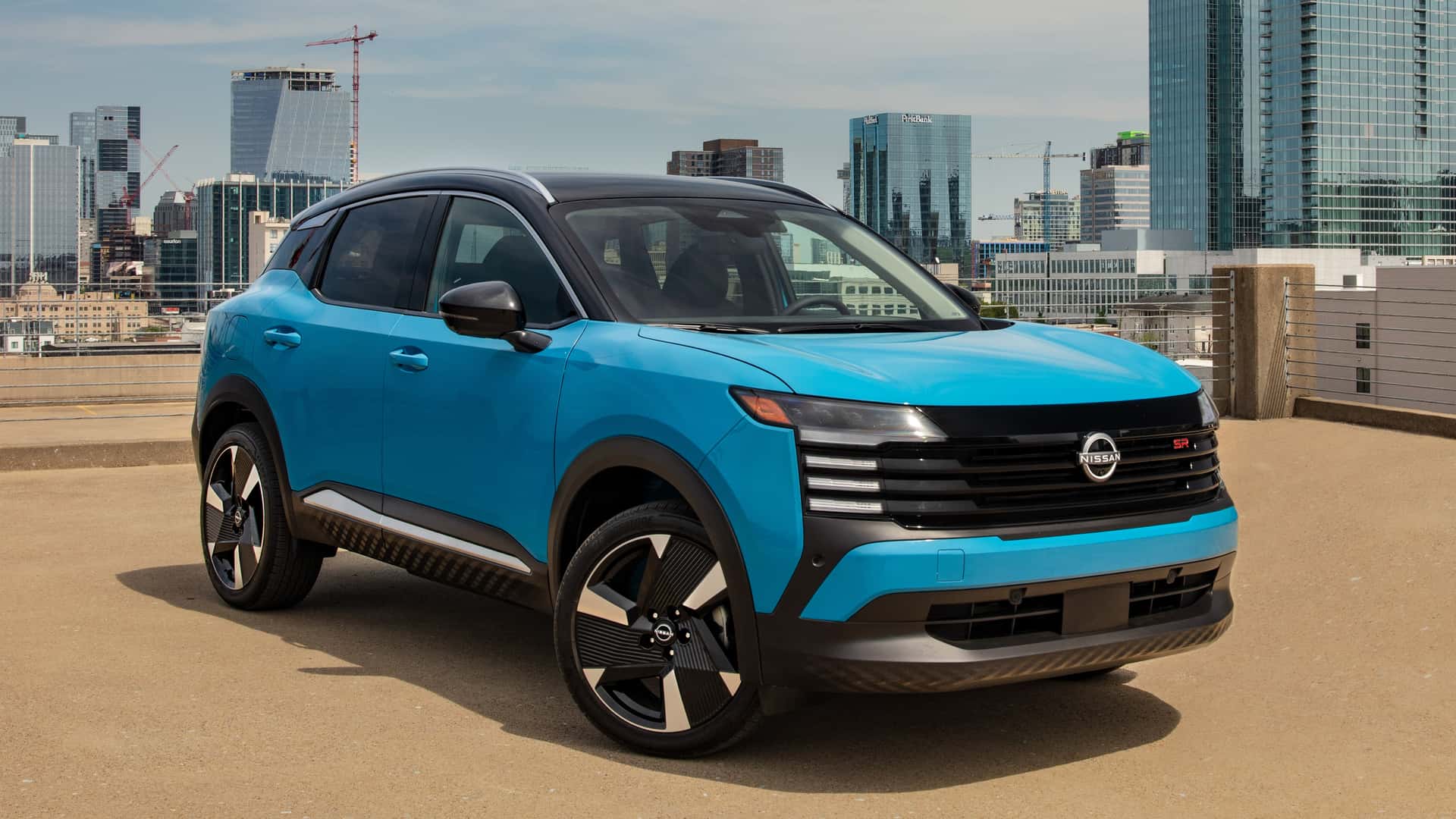Impact of Tariffs on the Automotive Market
A recent study conducted by Cars.com has revealed that vehicles priced under $30,000 are experiencing slower growth in inventory compared to more expensive cars. This trend comes as a result of the tariff policies introduced by former President Donald Trump in April 2025, which were expected to lower car prices. However, the reality has been quite different.
The study highlights that the segment of cars under $30,000 is particularly vulnerable to these tariffs, as 92% of the models in this category are imported. Only two models, the Honda Civic and Toyota Corolla, are primarily built in the United States, although some variants of these models still originate from outside the country. In terms of dealer inventory, this segment saw a 3.9% year-over-year (YoY) increase, which is significantly lower than the overall 5.6% YoY growth for new-car inventory.
Support kami, ada hadiah spesial untuk anda.
Klik di sini: https://indonesiacrowd.com/support-bonus/
Before the implementation of the tariffs, dealers stocked up on inventory, leading to an increase in sales during March and April. This resulted in a 3.9% YoY rise in sales compared to the first half of 2024. One notable effect was an increase in the supply of used vehicles due to trade-ins from customers seeking to purchase new cars before the tariffs took effect. These used cars sold quickly, causing a slight dip in used car prices during the first quarter of 2025, followed by a 1.6% YoY increase in the second quarter.
As the supply of pre-tariff new cars dwindles, the study predicts that prices will rise. So far this year, average new-car prices have increased by just $97, but vehicles from the UK have seen a significant jump of over $10,000. EU-built cars have also experienced an average price increase of nearly $2,500. In contrast, Chinese, Canadian, and Korean cars, along with US-built cars, have seen their prices drop by about $200 on average.
For the second half of 2025, the study anticipates higher prices and reduced demand. The pace of sales and inventory movement will depend on the scope of the tariffs, with automakers likely to adjust production to align with a smaller, more price-sensitive buyer pool.
Support us — there's a special gift for you.
Click here: https://indonesiacrowd.com/support-bonus/
Insights into Electric Vehicles
Cars.com also conducted a survey on EV buyers, revealing that 53% of respondents cited federal tax credits as a primary reason for purchasing their vehicles. With both the $7,500 credit for new EVs and the $4,000 credit for used EVs set to expire after September, this change could significantly impact EV affordability. The study suggests that maintaining the momentum of 28 months of consecutive new EV inventory growth may become challenging. Additionally, it notes that the market for used EVs is beginning to stabilize.
Shift in Vehicle Production Strategies
The study also observes that automakers are increasing production of both lower and higher vehicle trims, with mid-level trims experiencing a small decrease. Lower trims appeal to more price-sensitive buyers, especially in a market where overall prices are rising. Meanwhile, higher trims offer greater profitability. Adjusting the model mix could help mitigate some of the effects of the tariffs.
Potential Effects on Automakers
The impact of these tariffs extends beyond just pricing. For instance, Nissan and Honda may find themselves in a difficult position as they navigate the changing market dynamics. Car shipments to the US have declined, raising questions about the reasons behind this trend. As the automotive industry adapts to these changes, the long-term implications for consumers and manufacturers remain to be seen.







